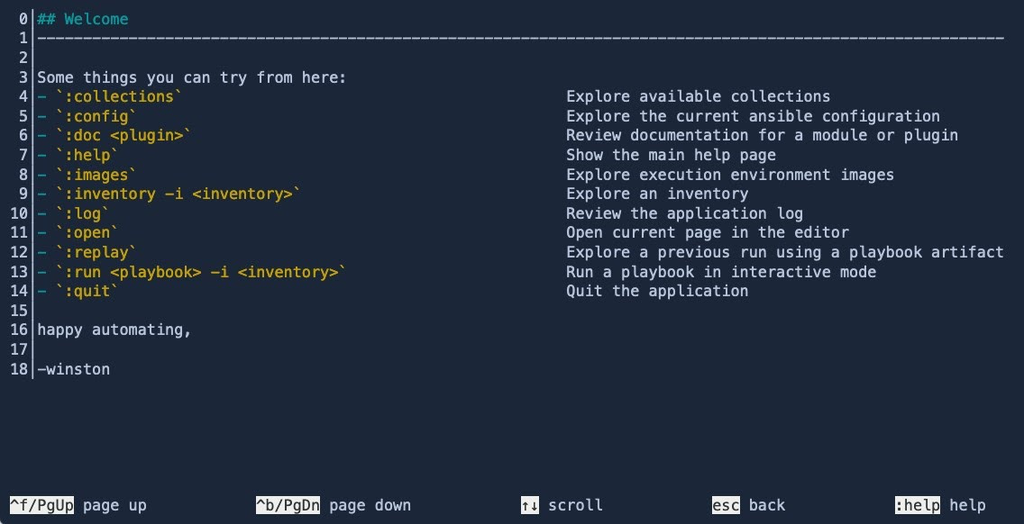Red Hat Ansible Platform 1 vs 2; What’s the Difference?
in DevOps

Red Hat Ansible is a platform used by enterprises to manage, unify and execute infrastructure and configuration automation. The platform comes in two versions, platforms 1 and 2, and they have features fitted to different environments. Exploring these features would help users compare and pick which platform to adopt.
Automating IT processes helps accelerate the process of creating and deploying IT infrastructure. IT involves the creation of software applications or systems that monitor and manage all the processes that are repeated constantly. Areas of production commonly automated include security, network management, configuration, resource provisioning, and cloud. Here are some sure ways to improve productivity using automation.
An organization adopting IT automation enjoys fewer costs, less time-to-market, and better security. They also see faster operations as time previously used doing these tasks are handled by code, and more time is spent on innovations.
The RedHat company provides open source automation software to users, Ansible. They run a subscription-based model fixed at a price that provides support and services customers can use to integrate the open source tools they provide. They have a range of tools, including the Ansible platform used to manage IT automation.
The Ansible platform 1
The Ansible platform was rolled out in September 2019 and is used to build and automate IT solutions at different infrastructural levels. Users across every department in an organization can easily adopt the platform in their operations.
The platform eliminates the instances of separate teams across an organization building their automation machine to solve problems unique to their team. On many occasions, some teams get left behind in the automation process. The Ansible platform has tools to accommodate every team within an organization and help them manage their processes. It unifies teams by allowing users to share the platform across various teams. From security to management, all repeatable actions that can be automated are managed across the platform.
The tools provided on the platform include
- The Ansible Engine
- The Ansible tower
- The Ansible network automation
- Automation Hub
- Automation analytics
- Certified Content Collections
Some of the tools available in Ansible 1 were introduced with the platform, like the content collections, which are used to lower automation barriers by organizing needed content like modules, nodes, roles, and plugins and making distribution easier in different releases cycles.
The Automation Hub is a repository used by users when they are searching for supported Ansible content. It avoids instances of users pulling unsupported content that could provide a risk while building. The automation analytics runs checks on the automation being built to ensure that the environment is operating optimally. It collects statistics and frequently uses data information and stores it, providing the information needed to scale.
The Ansible platform is a great automation tool; with the platform being an enterprise and scalable. It was designed to manage automation at a large scale. When users change environments, configurations can be done to make them suitable to the current environment. The value of automation is increased at a reduced cost.
The Ansible platform 2
The Ansible platform two was designed to adopt the new changes in working environments at organizations. The unveiling announcement released by the corporation noted that the newer version was created after studying the challenges employees were facing while adopting DevOps in their organizations. We'll be detailing the new features the team introduced to the Platform to show the difference.
Automation platform 2 was designed to provide automated solutions in hybrid cloud environments. It is a restructured version of the first release and is more suited for multi-cloud and hybrid cloud infrastructures. The new platform offers to bridge gaps between automating for traditional infrastructure and cloud native infrastructure.
The Red Hat team introduced automation execution environments in this platform. This is a container image that is used to simplify automation. It provides a common language for all individuals involved in the automation, from the automation creators to the administrators. The automation execution environment provides a predictable environment during production and ensures that automation created runs in the same language in both production and deployment environments.
To assist developers and their teams get the best out of the executions environment, the "controller" tool was upgraded in the bee platform. The "ansible-builder" tool is now also included in the platform to make navigating the execution environment easier as well.
The Ansible controller is an upgraded version of the Ansible tower used in the first platform. This upgrade was done to enable users to leverage control in new environments. The new platform focuses on improving automation in a containerized format. They replaced the "Ansible playbook command" present in the first platform with the "Ansible navigator" command. The ansible navigator is an application introduced to execute and develop navigation.
The Ansible navigator is added to make operating the Ansible playbook easier. It gives full details of all automation run to the user. This information would in turn help the developer debug automation. The navigator allies the developer to perform inspections on the automation environment, inventories, collections, e.t.c by using the sub commands available.
The interface, which is the major upgrade for the Ansible platform 2, will be used by developers. It comes as a text interface showing the subcommands available to the developer and can run in any case editor already being used. More detailed use of these subcommands is seen in this article.
Comparing the two platforms.
Unlike the initial platform, the Ansible Platform 2 gives the developers and users more control in configuring what automation should look like within their environment. The Ansible platform 2 contains tools that are upgraded versions of the Ansible platform 1 entirely restructured to fit in the cloud native environment. With Platform 2, developers rather than specialists have more control. The Ansible platform 2 would be made generally available for users in November 2021.
You can read about Red hat's announcement of its integration of the Ansible platform with open shift Kubernetes.
Get similar stories in your inbox weekly, for free
Share this story:

The Chief I/O
The team behind this website. We help IT leaders, decision-makers and IT professionals understand topics like Distributed Computing, AIOps & Cloud Native
Latest stories
HIPAA and PCI DSS Hosting for SMBs: How to Choose the Right Provider
HIPAA protects patient data; PCI DSS protects payment data. Many small and mid-sized businesses now …
The Rise of GPUOps: Where Infrastructure Meets Thermodynamics
GPUs used to be a line item. Now they're the heartbeat of modern infrastructure.
Top Bare-Metal Hosting Providers in the USA
In a cloud-first world, certain workloads still require full control over hardware. High-performance computing, latency-sensitive …
Top 8 Cloud GPU Providers for AI and Machine Learning
As AI and machine learning workloads grow in complexity and scale, the need for powerful, …
How ManageEngine Applications Manager Can Help Overcome Challenges In Kubernetes Monitoring
We tested ManageEngine Applications Manager to monitor different Kubernetes clusters. This post shares our review …
AIOps with Site24x7: Maximizing Efficiency at an Affordable Cost
In this post we'll dive deep into integrating AIOps in your business suing Site24x7 to …
A Review of Zoho ManageEngine
Zoho Corp., formerly known as AdventNet Inc., has established itself as a major player in …
Should I learn Java in 2023? A Practical Guide
Java is one of the most widely used programming languages in the world. It has …
The fastest way to ramp up on DevOps
You probably have been thinking of moving to DevOps or learning DevOps as a beginner. …
Why You Need a Blockchain Node Provider
In this article, we briefly cover the concept of blockchain nodes provider and explain why …
Top 5 Virtual desktop Provides in 2022
Here are the top 5 virtual desktop providers who offer a range of benefits such …












